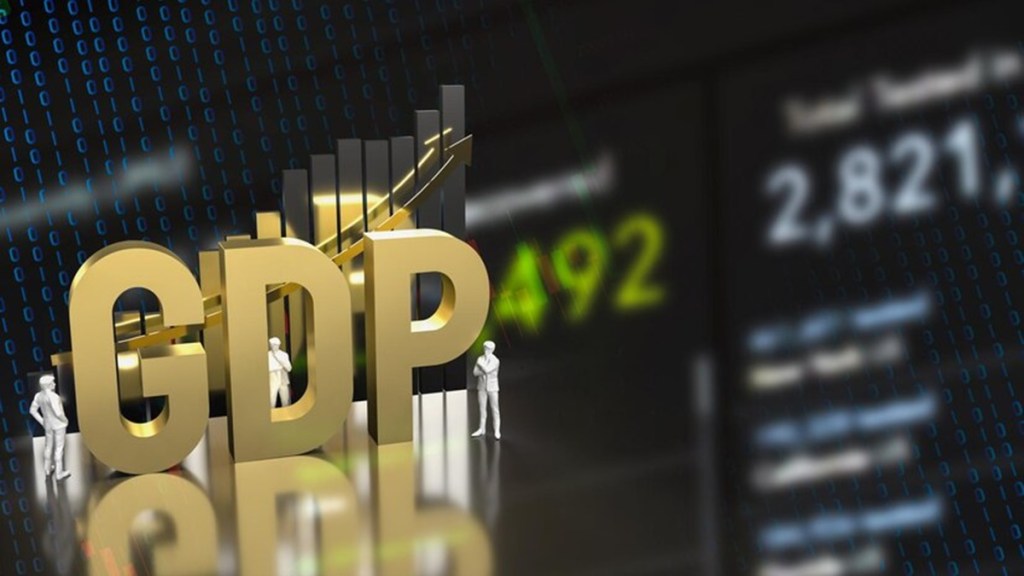After the Q2 GDP growth coming in a lower than expected 5.4%, most economists have cut their full year’s forecast for FY25. However, they feel the second half of the year would witness a higher growth rate due to a pick-up in capex and consumption.
In H1, India’s GDP has grown 6%, and for H2, most economists have pegged the growth rate at 6.6-7%. This indicates, for the full year FY25, GDP growth could be around 6.3-6.5%, sharply lower than the 7.2% projection of the Reserve Bank of India (RBI).
“Incorporating today’s numbers, we now lower our FY24-25 growth forecast to 6.5% from 6.8%. However, looking through the cyclical slowdown, we think this growth slowdown is likely to be short term,” said Shreya Sodhani, regional economist, Barclays.
Garima Kapoor, economist, Elara Securities said that in the second half, spending will pick up (both revenue and capex), the concentrated rain’s impact won’t be there, and it will have some effect of the festive season playing out. “Yet, we don’t think it (growth) will be anywhere near the high expectation that RBI had in terms of 7.2%…It’s a tricky situation for RBI, either the central bank may choose a 25 bps cut in December, or a 50 bps cut in February,” she said.
“The output has shrunk considerably. The RBI may opt for a rate cut in December only, rather than waiting for February,” said Gaura Sen Gupta, chief economist at IDFC First Bank.
According to analysts, some of the factors dragging down growth in the July-September quarter, such as rains and slow government spending, will partially reverse in H2.
“In particular, we expect government spending (both revenue expenditure and capex) to gain momentum, even though capex may still fall short of the budgeted target. Additionally, urban demand may take some time to recover, while exports could be at the mercy of global trade tensions,” Sodhani said.
Rajani Sinha, chief economist, CareEdge Ratings said that food inflation is also expected to moderate by the fourth quarter and that would be supportive of pick up in consumption. “Beyond that urban consumption would be dependent on improvement in the employment scenario and real wage growth,” she said.
Economists say that a sustained momentum in consumption growth would be critical for private investment to pick up. So far, the order book of capital goods companies and road development companies are showing a significant pick up in the first half of the year and that bodes well for overall pick up in capex. However, weak growth in China and consequent flooding of markets like India would remain a deterrent for pick up in private investment, they say.
In Q2, the growth in gross fixed capital formation (GFCF), a proxy for investments, declined to 5.4% in Q2FY25 from 7.5% in Q1. This was despite a sharp pick up in public capex, meaning the drag in overall GFCF growth was due to decline in private sector capex, say economists.
We are likely to see private consumption being a missing agent for some time. The urban wage bill growth has been steadily declining on a real basis for more than one and a half years, and currently is well below the 5-year pre-Covid average if about 9%,” noted Madhavi Arora, lead economist, Emkay Global.
The slowing of GFCF growth, according to some economists, is due to a decline in private sector capex. According to Ind-Ra, public sector capex (Union, 23 states and CPSEs) grew at a robust 15.7% in Q2FY25, as compared to (-)34.3% in Q1.
Meanwhile, the nominal GDP has grown 8.9% in H1 of FY25, which is lower than 9% in the same period of FY24. Economists now foresee nominal GDP growth to be around 10% for the full year, lower than 10.5% assumed in the Budget, but this is not going to pose any threat to the Centre’s fiscal deficit target of 4.9% of GDP, given likely savings on expenditure. Its capital expenditure could be lower than the budget estimate of Rs 11.1 lakh crore by at least Rs 1 lakh crore, analysts feel.
DK Srivastava, chief policy advisor, EY India said that lower nominal GDP growth could adversely affect the Centre’s gross tax revenues. The Centre’s net (after devolution) tax revenue in April-October of FY25 was just 0.2% higher on year, as against 11% growth budgeted. On the demand side, two domestic demand components namely – PFCF and GFCF– together account for a fall of 1.5% points, which nearly fully explains the fall in the GDP growth from 6.7% in Q1FY25 to 5.4% in Q2FY25, he noted.


